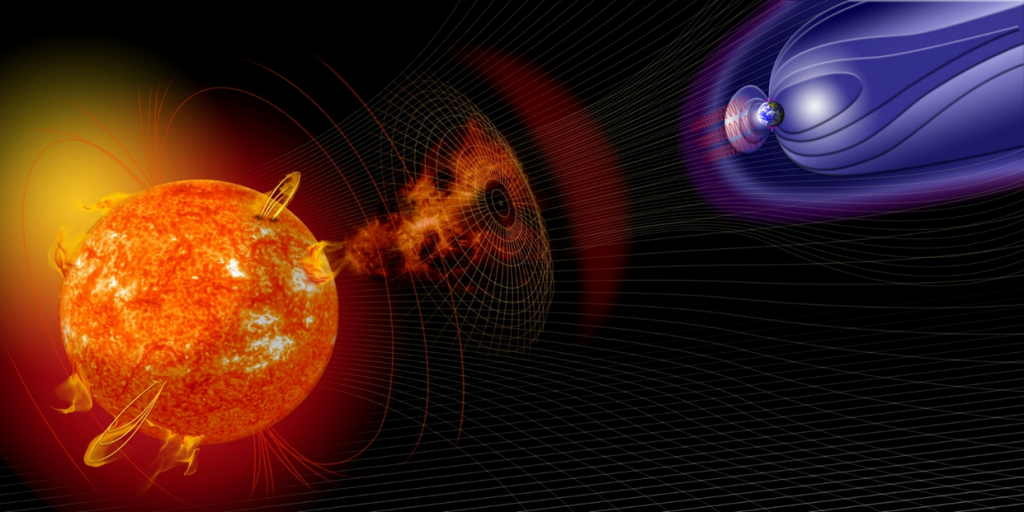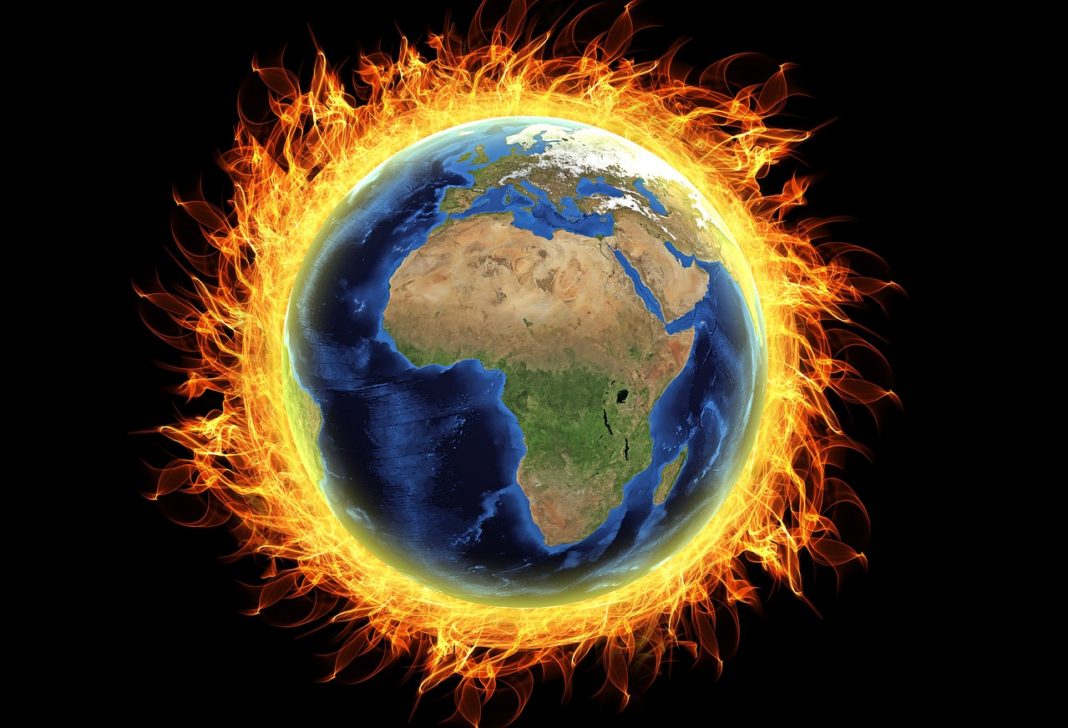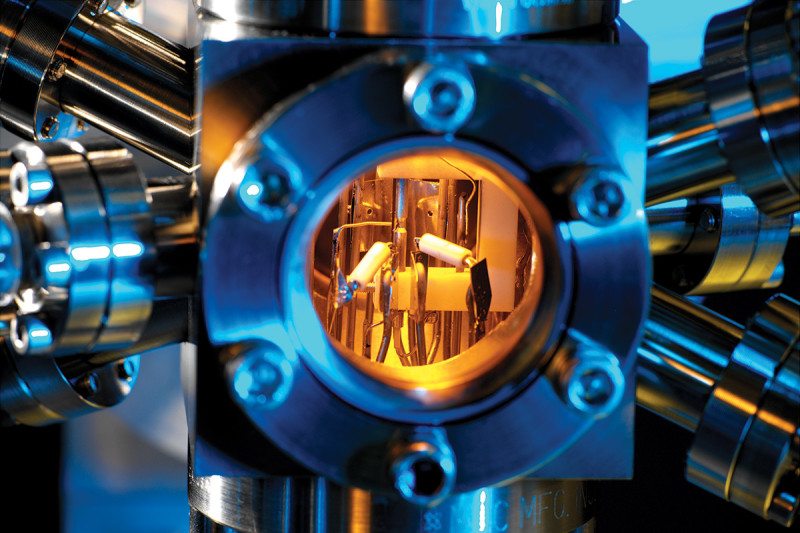Many people are under the misconception that extreme space weather won’t affect us because it’s in space. But, that couldn’t be further from the truth. Extreme space weather affects both ground and space infrastructure. More recently, it’s spurred a report from the European Commission’s Joint Research Centre (JRC) that is campaigning for ways to reduce the potential impact of such events from happening which includes increasing people’s knowledge and better coordination at EU level.
There have been various space weather events recorded that have done some serious damage to critical infrastructure both on the ground and in space including those affecting aviation, power grids, and navigation systems. Another problem is that the impact of space weather spreads like wildfire. So, even if the crisis is in one country, it creates a ripple effect, which can affect the infrastructure in neighboring countries too.
A new report issued by the JRC identifies the need to have better procedures in place for dealing with severe space weather and how to reduce the risks associated with them. Critical infrastructure is largely at risk from failing during extreme space weather which can have devastating effects on other sectors. To best assess these interdependencies new methodologies and tools are needed as well as a multi-task governance approach for all.

The power grid itself should be assessed to identify and plan for any potential issues that may arise in the case of extreme space weather. Infrastructure operators should assess their systems for vulnerabilities too, especially when it comes to anything depending on the Global Navigation Satellite System (GNSS). Early detection of space weather is essential and already in the USA and Europe 24/7 space weather forecasting is underway, ready to alert the government and industry if need be. But, it’s still not good enough, and forecasting capabilities need enhancing in order to stand the best chance of survival in the worst case scenario.
Some preparation and precautions can be seen taking place across the EU, with the first being the European Programmer on Critical Infrastructure Protection. This policy concentrates specifically in critical infrastructure protection, leaving the EU disaster risk management policy to cover all other types of disasters. EU member states are also required to carry out a national risk assessment and list any potential risks they’re facing. Those included in the summit have agreed that clarification is needed in regards to key players’ roles and responsibilities in Europe when it comes to the coordination of space-weather risk mitigation.
More News to Read
- Future Technology We Can Look Forward to in the Next 25 Years
- Boiling Liquid Behaves Differently Onboard the ISS
- Innovative New Process Uses Bacteria to 3D Print Materials
- Is it Time for NASA’s Curiosity Rover to Retire?
- Breakthrough for Hearing Loss Patients Comes in the Form of Replacement Hair Cells











